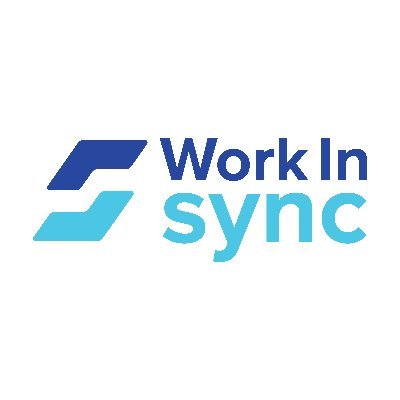WorkInSync helps companies to solve operational issues like coordinating in-person meetings, Covid-appropriate seating plans, among others
Bengaluru, NFAPost: As offices reopen and companies move towards a hybrid work culture, WorkInSync has built a SaaS product to help companies efficiently manage hybrid teams.
According to a recent report by the National Association of Software and Services Companies (Nasscom) and Indeed, both employees and employers are equally interested in returning to the workplace in a hybrid setup. The report expects 50% of the workforce to return to offices for up to three days a week starting next year. Employees up to the age of 25 are most likely to return to the workplace by November 21, followed by employees aged above 40.
This movement towards a hybrid work culture has also been reflected in the growing uptake of WorkInSync subscriptions. The company claims to have garnered over 30 clients since the launch of its hybrid workplace focused solutions; almost half of these clients are said to be from countries like the US, the UK, Australia and the other half are from India. The team sizes of WorkInSync’s clients range from small teams with 25 employees to large companies with about 50,000 employees.
WorkInSync helps companies to solve operational issues like coordinating in-person meetings, Covid-appropriate seating plans, a seamless collaboration between remote and in-office employees.
Elaborating on this, Co-founder and CEO, Deepesh Agarwal said, “We have added features to make sure that if a team head wants to find out a feasible day for a team meeting, they should be able to sync the calendars of the whole team and see which day most of the employees are coming to the office.
The system will also suggest to them that at least 80 per cent of your team is going to be in the office on this particular date and time. They can then choose to plan their work from the office on that day as well.”
Features
The software also allows people to book their seats in advance based on their preference to sit near their team members or a seat next to the window.
They can also book parking spaces and lunch for the days they plan to go to the office. The software also has integrations with various enterprise tools like integrations with Google Calendar, Google Apps, Slack and Microsoft products like Microsoft Teams among others. There are also possible integrations with office commute services.
With work becoming remote and teams working in a distributed fashion, workplace monitoring tools have also become popular among companies. But Agarwal noted that WorkInSync’s software stays away from policing and this is an extension of the company philosophy.
Their software only tracks the check-in time of the employee in the office and the team which they are sitting on. “We are very cognisant of employee privacy, so maybe the information will be visible to, let’s say, the CEO, their team manager, maybe to your teammates, but the software does not track the working time on your laptop, etc,” he added,
While the usage of WorkInSync is currently limited to office spaces, Agarwal noted that the company is open to working with clients in other sectors as well, such as universities and public libraries etc. – essentially, any large place where people huddle and there is a need to keep track of how many people are coming in and how the shared resources are being utilised. “However, the new use case has to be a genuine problem which needs to be solved and sustainable in the long term,” said Agarwal.





